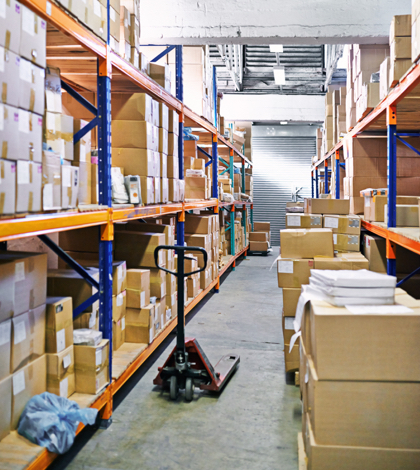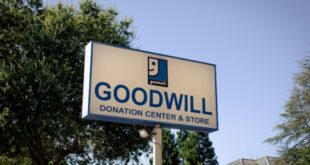Too many items bought via the internet are being returned, and thats’s wreaking havoc on the logistics industry. So far, no one has come up with a solution.
Christmas is the time of giving, and receiving.
January and February, apparently, is the time of returning.
Final sales numbers for the 2019 Christmas season are still being put together, but it’s a safe bet that online sales will be up again this year, just as they have been every year for about the last decade.
Before the start of the holiday shopping season last year, CBRE, the global commercial real estate firm, predicted that online holiday sales would reach $138.5 billion, a 13.5 percent increase from Christmas 2018 if that prediction holds true.
Here’s another prediction from CBRE: approximately $42 billion worth of those purchases are expected to be returned.
Typically, brick-and-mortar retailers have to deal with an eight percent rate of return on their orders. In comparison, online orders are returned at a rate of 15 to 30 percent, with a high rate of return in clothing and electronics.
To handle so many returns, a warehouse-distribution facility needs 15 to 20 percent more than it needs for regular distribution, because the three key distribution factors – size, amount and final destination – are “inconsistent and varied,” according to CBRE.
Having to return so many online items has become a major issue for a lot of operators of warehouse-distribution facilities, who never want to keep anything around for too long, regardless of the time of year.
The backlog of items bought online and then returned has become so large that it’s slowing down operations at a lot of warehouses. The logistics and retail industries have a word for it: reverse logistics.
Put simply, reverse logistics means there are too many returned items and not enough room to store them, and storing them costs a lot of money.
“The retail industry’s inefficiencies with handling returned merchandise result in $50 billion of lost profit margin each year and more than 10 billion instances of needless shipments and merchandise touches in warehouses,” CBRE stated. CBRE’s research was aided by Optoro in Washington, D.C., a software provider that helps warehouse-distribution facilities deal with reverse logistics problems.
Depreciation is also a problem. Clothing can drop anywhere from 20 percent to 50 percent in value during the eight-week to 15-week period after its returned, and electronics lose four to eight percent of their value every month, according to Optoro.
Online returns also create approximately five billion pounds of waste at U.S. landfills every year, according to CBRE.
As online buying grows in popularity, reverse logistics grows along with it and becomes more of a problem, said Chuck Belden, vice chairman with Cushman & Wakefield Ontario
“It’s become part of the business model,” said Belden, a specialist in “big-box” retail projects and an industrial broker in the Inland Empire since 1984. “It’s part of the cost of doing business in logistics, and no one has figured out a way to fix it. And it’s costing people a lot of money.”
Because of the inefficiencies that are built into the process, handling returned merchandise that was purchased online cost U.S. retailers $50 billion in profit margin every year, along with $10 billion in losses because of “needless touches and merchandise shipments” in warehouses, according to CBRE.
“Whether you’re a traditional store or you’re online, when someone returns something you have to store it,” said Kurt Strassman, executive managing director with CBRE. “A lot of times it’s too expensive to deal with.
In fact, options are limited the placing the returned goods back in the store, if there’s space, selling it to discount retailers, donating it to charity or destroying it.
“There really aren’t a lot of good options,” Strassman said. “A lot of times, the returned items are expensive to deal with.”
Some blame reverse logistics on Amazon, which a few years ago implemented a no-charge policy on all returned items. Not wanting to lose ground to the world’s biggest online retailer, other retailers did the same thing.
The result was a flood of returned items, but retailers probably had no choice but to follow Amazon’s lead.
“When was the last time you took something back to the store and got charged for it?,” Belden said. “What else were they supposed to do? Retail has never worked that way. If you want to return something, you can.”
Clothing – because it doesn’t fit or the recipient doesn’t like it – is among the most returned online item and a major cause of reverse logistics. In that area, Belden said, there may be a solution to the problem.
“Go to the store and try it on first,” he quipped.
For retailers, reverse logistics can have one silver lining: it breeds customer loyalty. Ninety seven percent of all consumers say they’re more likely to return to a retailer with whom they’ve had good experience returning an item, according to Optoro.
 IE Business Daily Business news for the Inland Empire.
IE Business Daily Business news for the Inland Empire.


